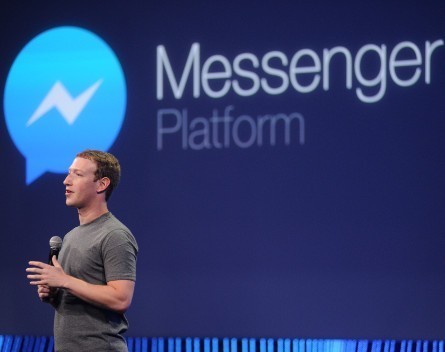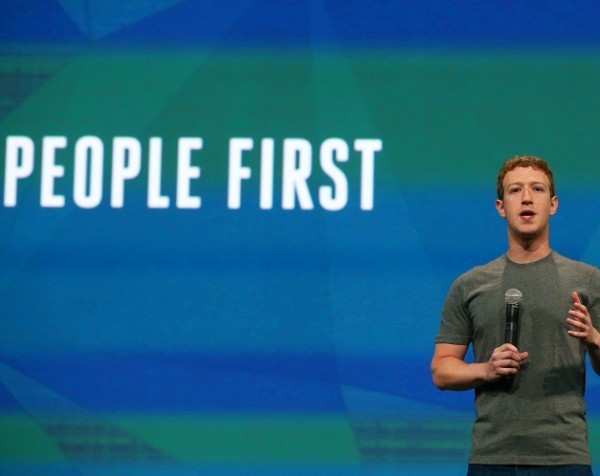What Mark Zuckerberg does to learn more about particular employees – StartupSmart

Facebook founder Mark Zuckerberg has a simple trick up his sleeve for when he wants to learn more about how his teams function: he gets them to sit closer to his desk.
Yann LeCun, a computer scientist who works on artificial intelligence for Facebook, told Fast Company when he started working for the social media giant, Zuckerberg told his team to sit closer to him so he could learn how they worked.
“When we moved to the new building, we ended up being separated from Zuckerberg by about 10 yards,” LeCun said.
“He said, ‘No, this is too far, move closer.’ And so they did.”
It isn’t unusual for Zuckerberg to request teams that are working on a new project for Facebook sit next to him.
The 31-year-old internet entrepreneur, who is currently worth around $50 billion, reportedly asked particular designers to sit next to him in 2011 while preparing to launch Facebook’s timeline feature.
And after Facebook bought Instagram in 2012 for around $US1 billion, Zuckerberg asked Instagram co-founder Kevin Systrom to sit next to him so he could gain a better understanding of the photo-sharing platform.
Should your business adopt this approach?
Margaret Harrison, director of Our HR Company, told SmartCompany that while employees might feel a bit intimidated at first, having a new team member sit next to the chief executive has merit.
“Apart from thinking you could be spied on, the person is there to give help and give advice,” Harrison says.
“They’re the one who really knows the business. It could be a coaching situation or something that rejuvenates people as it can be very tiring working on your own and in a vacuum not knowing if you’re having the desired effect.”
However, Harrison points out that sitting next to your company’s chief executive would likely work best if it was a temporary situation.
That way, people feel like they’ve gotten to know each other better but also don’t feel as though they are under constant supervision.
“I think it’d be best just until people got on their feet, a project is finished or coming to conclusion,” Harrison says.
“Even if it’s just to get to know each other better.”
This article was originally published on www.smartcompany.com.au

